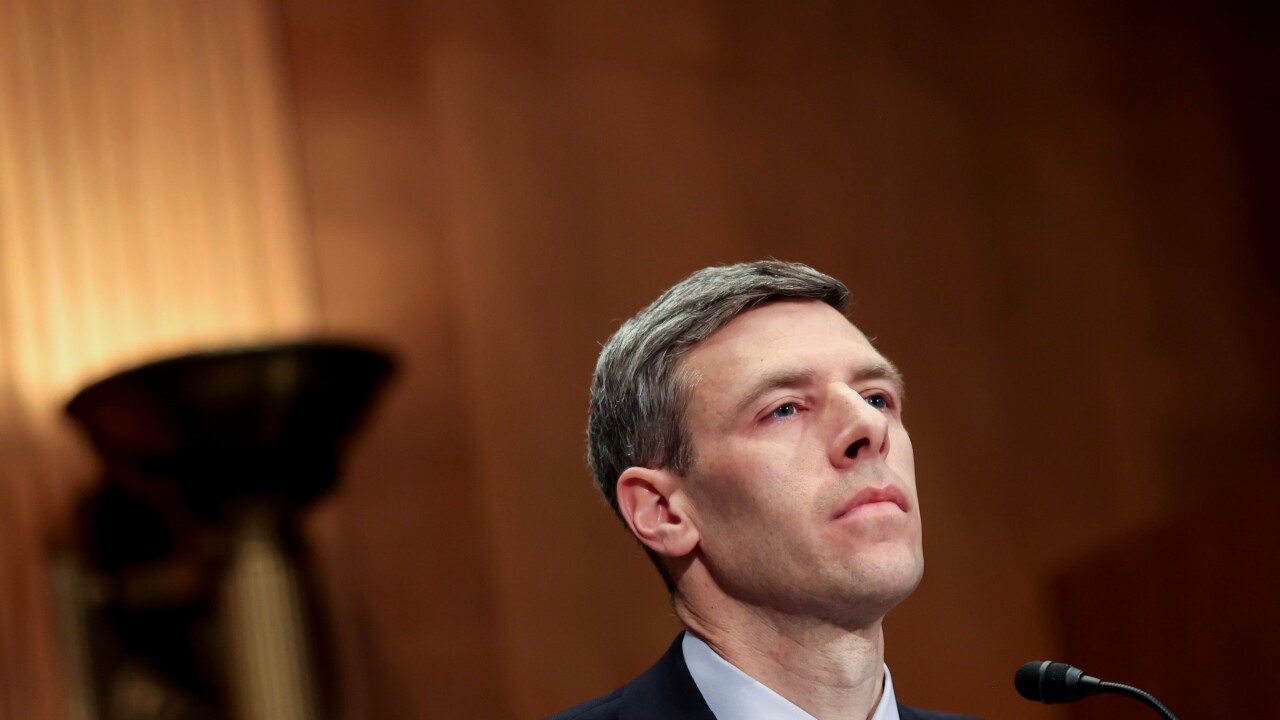WASHINGTON — The Treasury Department released a comprehensive report Tuesday looking back at the bank bailout program the government now hopes will only carry a price tag of $50 billion.
The
In a letter to Congress accompanying the report, Treasury Secretary Timothy Geithner defended the program, saying it "undoubtedly helped stem the financial panic in the fall of 2008."
Noting the strong bipartisan support in enacting Tarp, he lamented that, "since then, many have lost sight of the pressing need for this initiative at that time and criticized its successful implementation."
Geithner said that as the recently passed regulatory reforms are being implemented, the administration will continue to try to spur job growth, boost access to credit for small businesses and prevent foreclosures.
Despite the initial sticker shock of the program, only $388 billion was spent--mostly to support banks, auto makers and insurance giant American International Group Inc.
The estimated cost of the program, which officially expired Monday, has come down sharply. Last week, the White House lowered the amount that taxpayers will lose to about $50 billion from $105 billion.
"The ultimate cost of Tarp and our other financial policies will depend on how financial markets and the economy perform in the future," said Timothy Massad, acting assistant secretary for financial stability, in the report. "If financial and economic conditions deteriorate, prospects for Tarp investments will also deteriorate."
According to Treasury's proposal last week to sell off its stake in AIG, the administration now expects to turn a profit on its investments in the insurance company.
"Most of the cost of Tarp is expected to come from two sources: expected losses related to Tarp investments in auto companies and initiatives to help responsible homeowners avoid foreclosure," the report said.
Tarp losses are expected to be limited to investments in the auto companies and housing programs, according to the report.





